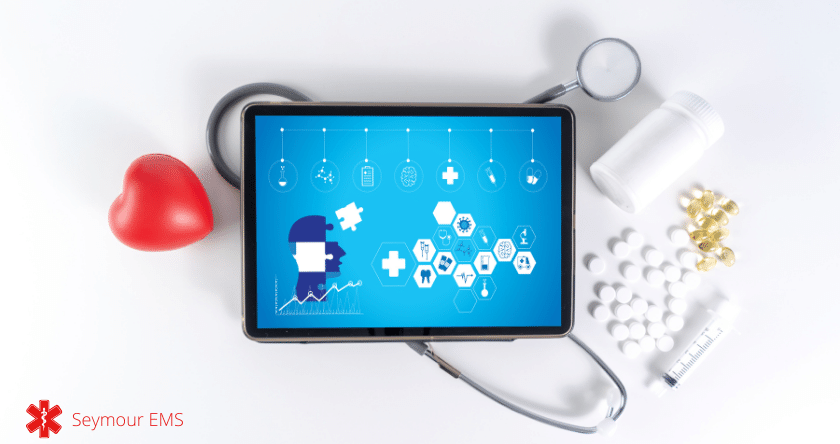We all know that the world of medicine continues to transform as technology provides us more efficient ways to care for patients. One of the most important and game-changing advances in medicine was the introduction of the Electronic Medical Record, also known as EMR.
Serving as a digital version of the traditional paper medical record, patients, providers, and even insurance companies are noticing the positive effect this change has had on the overall care that the health care system can provide. Improving the ability to diagnose patient, secure their personal information, and provide safer care are only a few ways this change has helped providers deliver a higher quality of care.
EMR vs. EHR
The electronic system for our medical records can be broken down into two different categories. The simpler of the two is the Electronic Medical Record. These are specific to one practice. For example, your primary care provider will have an EMR for you in their system. If you also see a specialist, they will have a separate EMR for you in their system.
The Electronic Health Record is more complicated in that it shows all your health care records. So, if you were to see a new provider, they would be able to see your medical records from your primary doctor and your specialist to make sure they have a full account of your medical history before treating you.
Advantages of Electronic Records
The advantages of Electronic Medical Records are endless. Here are some of the greatest advantages noted so far:
- Electronic records allow for continuous updating of patient information which leads to higher accuracy of treatment.
- Coordination of care is much easier with quicker access to records.
- Electronic records provide a more secure way of sharing patient information than traditional paper records.
- The ability to easily share previous treatment, test results, diagnoses, and prescribed medications reduces the number of medical errors throughout the health care system.
- The ability to prescribe medications has been improved as providers can cross-reference current prescription medication patients are using.
- Because electronic records eliminate written documentation, they have been linked to less confusion, more legible documentation, and more accurate coding and billing.
- Electronic records reduce the cost of paper, decrease the amount of time spent on filling out paperwork, limit the duplication of testing, make easier work for the provider, and allow for safer treatment of patients.
As improvements to our health care system allow for better treatment and reduce the risk of medical error, the overall cost of health care is positively affected as well. With an increase in preventative medicine and a reduction of waste and duplicate testing, EMRs and EHRs are improving the way healthcare providers treat patients for the better.


Recent Comments